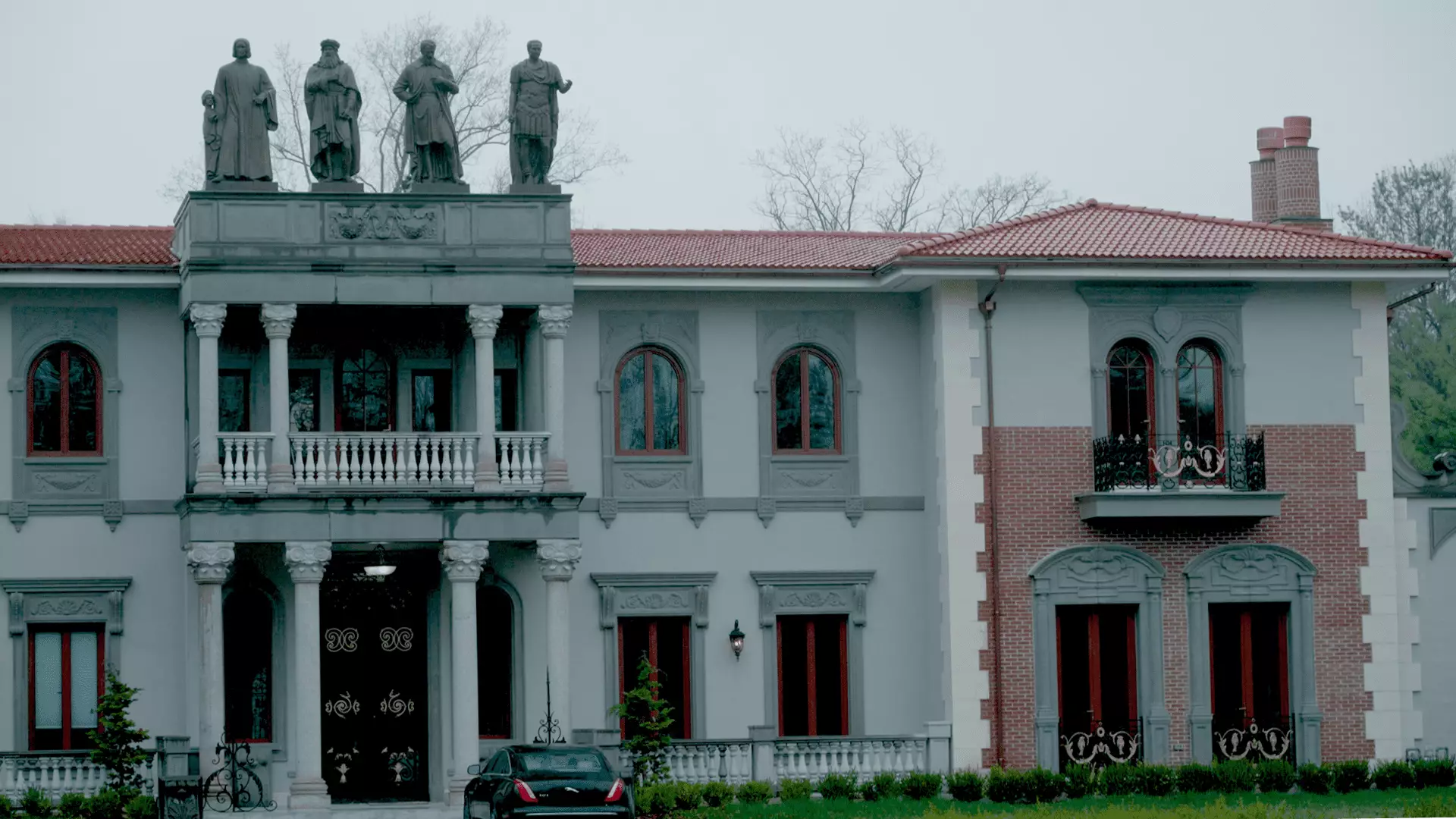The housing market of the 1980s introduced a distinct architectural style colloquially known as “McMansions.” These large, ostentatious homes have become synonymous with criticisms of excess and superficiality. Their sprawling layouts and grandiose designs often invite ridicule from architecture enthusiasts and hobbyists alike, yet despite their notorious reputation, a peculiar phenomenon continues: Americans remain enamored with these oversized dwelling spaces. But what fuels this sustained allure for homes that some see as the very bastions of bad taste?
Central to the appeal of the McMansion is the notion of the “dream home.” Many buyers are drawn to houses that boast a plethora of amenities—home theaters, sprawling kitchens, and multiple entertainment spaces—that seem to encapsulate an ideal lifestyle. Kate Wagner, a notable architecture critic and the founder of the blog McMansion Hell, critiques the craftsmanship and material quality of these homes, noting that they are often constructed from inexpensive, mass-produced components like faux stone, stucco, and vinyl siding. Despite the assessments of aesthetics and quality, a significant number of buyers still flock to these lavish constructs with dreams of filling them with family and experiences.
Size vs. Substance: The Paradox of American Living
As Americans increasingly desire larger living spaces, an intriguing juxtaposition emerges: while the average size of a new single-family home has ballooned—growing from about 1,900 square feet in 1993 to approximately 2,286 square feet in 2023—household sizes have concurrently dwindled from 2.61 to 2.51. This paradox reveals a crux in American homeownership desires: the longing for more space does not necessarily correlate with an increased number of occupants. Therefore, are these McMansions truly homes, or are they primarily markers of status and capital?
Moreover, the persistent fascination with larger homes might be symptomatic of deeper societal aspirations. Facing a culture steeped in consumerism and image, potential homeowners may perceive the acquisition of a vast home as a significant objective—an embodiment of success. This desire starkly contrasts with the realities of housing supply. The housing crisis that emerged during the Great Recession has cast a long shadow; the U.S. continues to grapple with a shortage of available homes. As the supply-demand gap widens, McMansions are often deemed more attractive, presenting a semblance of fulfillment in an era of scarcity.
Market Forces and McMansion Dynamics
Complex economic dynamics also play a critical role in the phenomenon surrounding McMansions. With rising construction costs and unresolved supply shortages, many first-time homebuyers are now turning toward McMansions as viable, if somewhat ironic, alternatives. According to Joel Berner, a senior economist at Realtor.com, these homes serve as spacious sanctuaries for families despite their dubious aesthetic value. The rising costs have pushed buyers to more affordable housing options in suburban locales, invariably favoring these expansive structures.
Real estate professionals, like Melissa Rubenstein, note the surge in demand for McMansions—often finding themselves in bidding wars over these dwellings. This pattern reveals an undeniable irony: as people clamor for roomier homes, they inadvertently reinstate the very cultural values criticized by naysayers. Yet, in a market where low inventory exacerbates the quest for space, these large homes become not just a desire but a necessity for many aspiring families.
Beyond the Critique: Understanding Human Desires
With this discourse surrounding McMansions, it is essential to unravel the underlying human desires driving these trends. While skeptics might decry them as wasteful and aesthetically unpleasing, for many buyers, these homes represent connections—aspirations for family gatherings, celebrations, and the formation of lasting memories. Ultimately, in the tapestry of American dreams, McMansions evoke not just a sense of luxury, but also a deeper, inherent longing for stability, community, and belonging.
In examining the complex interplay of architecture, culture, and aspiration, it becomes evident that McMansions are more than mere architectural missteps; they embody contemporary values and contradictions. They are a reflection of a society increasingly navigated by competition, yet driven by a desire for connection and space—a fascinating dichotomy that shapes the nature of American living today.


Leave a Reply